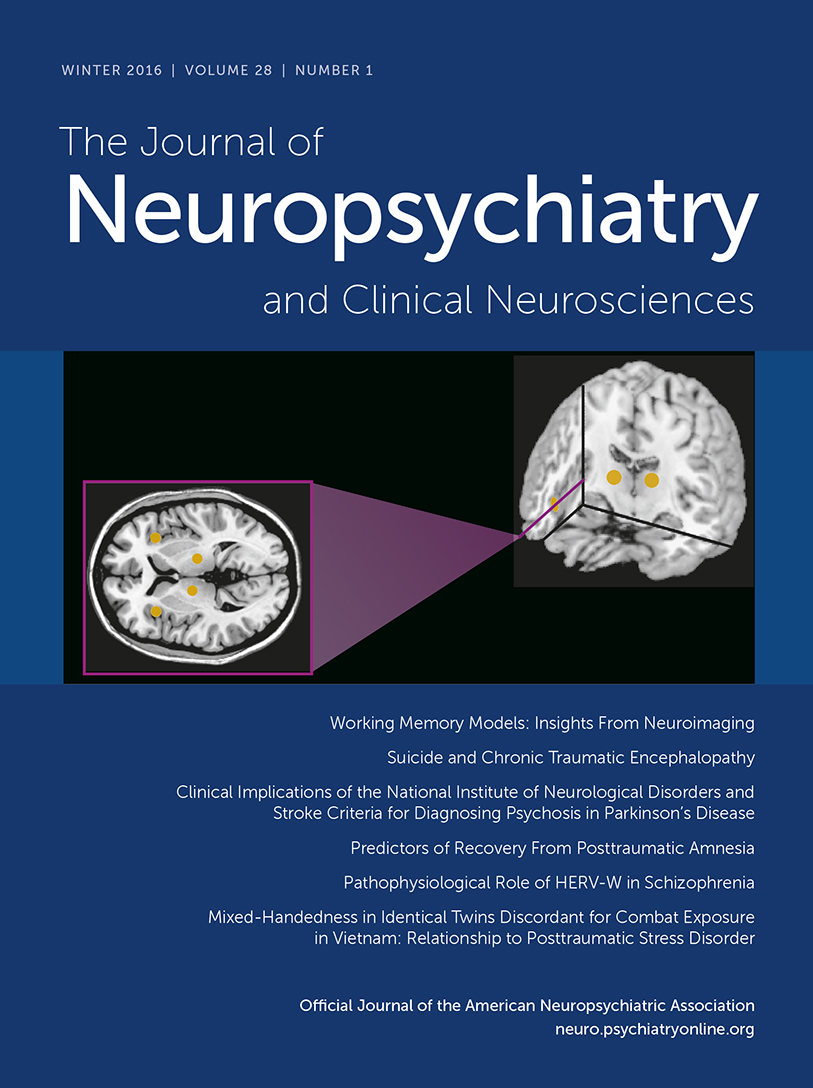White Matter Abnormalities in Autism and Unaffected Siblings
Abstract
This study was conducted to identify a potential neuroendophenotype for autism using diffusion tensor imaging. Whole-brain, voxel-based analysis of fractional anisotropy was conducted in 50 children: 19 with autism, 20 unaffected siblings, and 11 controls. Relative to controls, participants with autism exhibited bilateral reductions in fractional anisotropy across association, commissure, and projection fibers. The most severely affected tracts included the uncinate fasciculus, forceps minor, and inferior fronto-occipital fasciculus. Unaffected siblings also exhibited reductions in fractional anisotropy, albeit less severe with fewer affected tracts, sparing the uncinate fasciculus and forceps minor. These results suggest the presence of a neuroendophenotype for autism.



